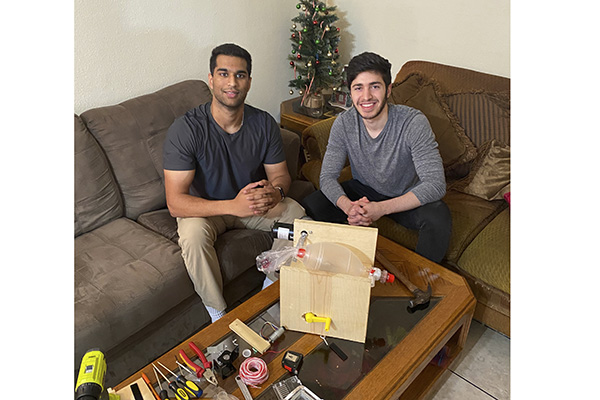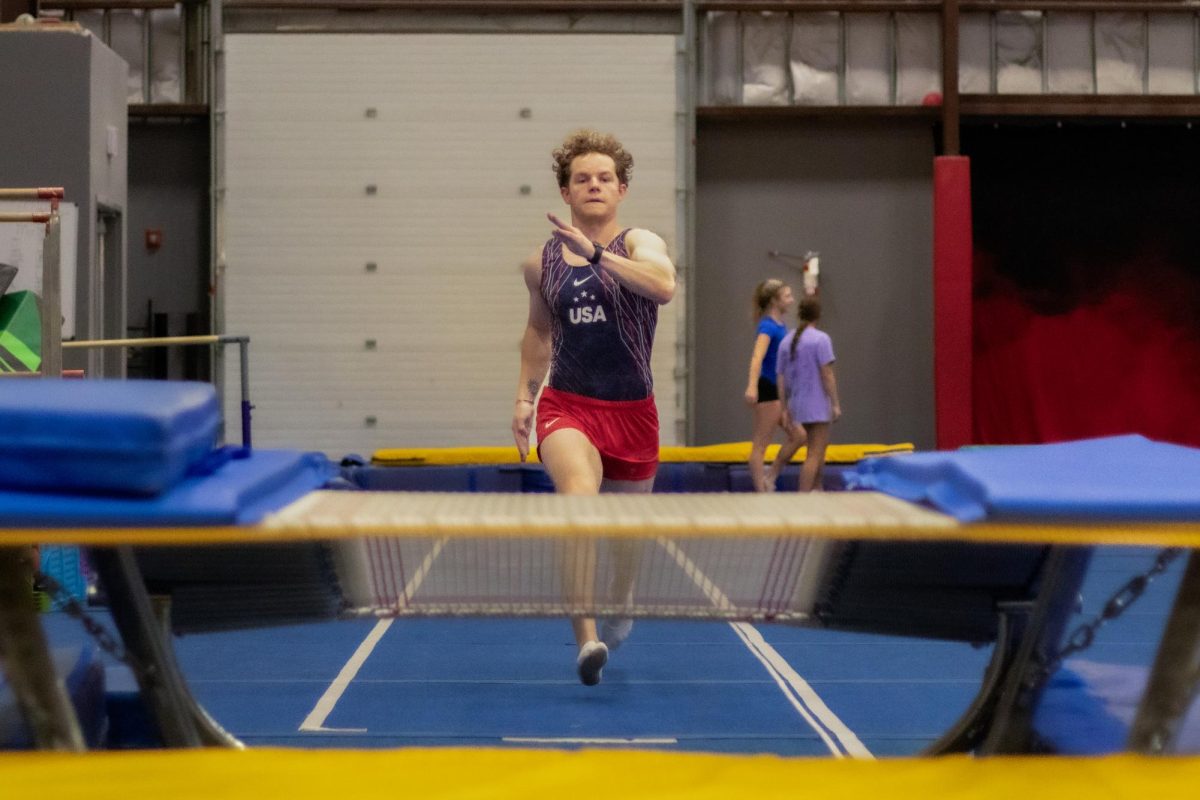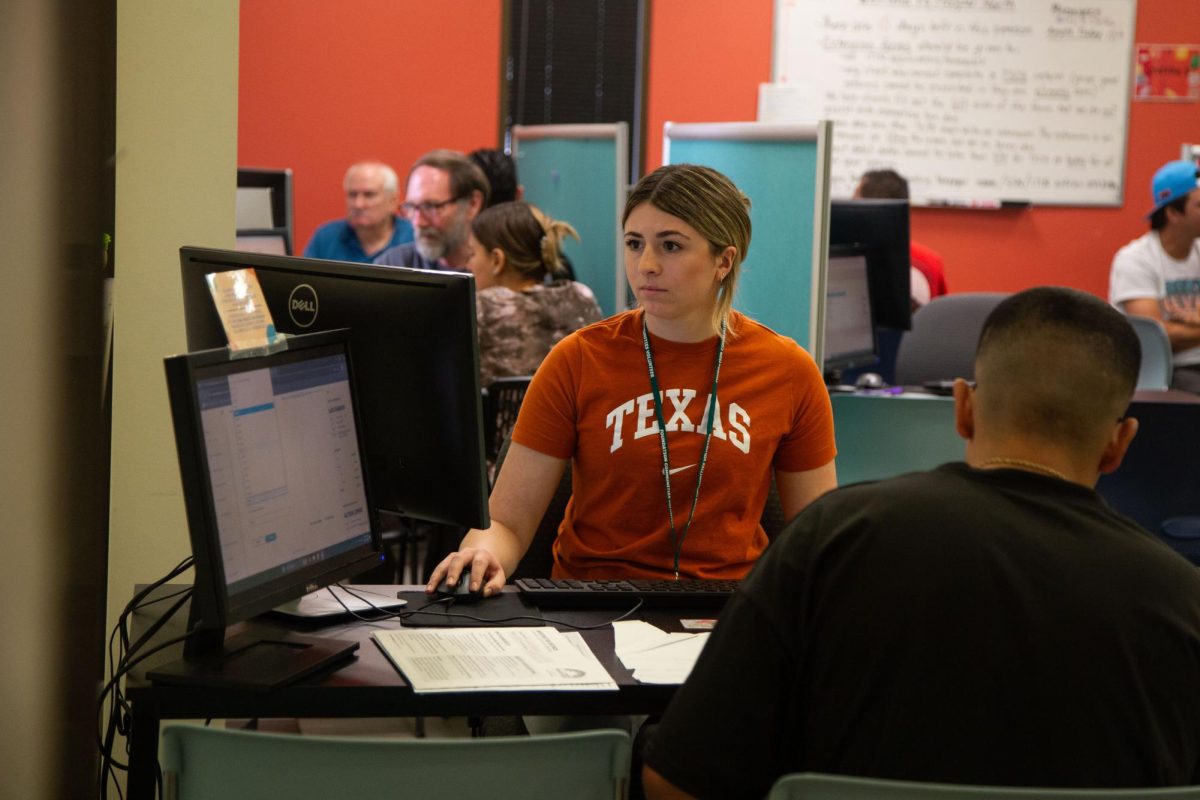With nothing more than what they could acquire from Amazon or Home Depot, roommates Raghave Upadhyaya and Adam Saleh have designed a ventilation device at a fraction of the cost of traditional ventilators.
Both UT graduates, Upadhyaya and Saleh have spent their time in quarantine developing what they say is a low-cost, portable and manually rechargeable ventilator.
The New England Journal of Medicine estimates there are currently anywhere from 60,000 to 160,000 ventilators in the United States, but the need for them could be as much as a million. As biomedical engineers, Upadhyaya and Saleh said they felt an obligation to share what they know during the current crisis.
“It’s been surreal seeing the engineering community rally around to solve this problem,” Saleh said. “I think it is our responsibility to give back and share what we know and what we can do with those who are less fortunate.”
Saleh’s family is from Lebanon, and Upadhyaya’s is from India. They said their familial connections abroad greatly impacted their design.
“In those places, they don’t have the means to buy a ventilator for each hospital bed,” Upadhyaya said.
Many hospitals, including those in the United States, cannot afford the ventilators they need.
Compared to the ventilators already on the market, Upadhyaya and Saleh said their device is much simpler and less expensive. The American Association for the Surgery of Trauma estimates that hospitals pay upwards of $30,000 per ventilator. Upadhyaya and Saleh said their prototype cost about $125 to make and could drop below $100 when produced at a larger scale.
The team created the frame for their device out of wood and metal purchased from the hardware store. They then connected the Ambu bag, which inflates and deflates as it assists the patient’s breathing, using velcro so it can be detached. Upadhyaya and Saleh used a motor that can be taken from household devices such as a vacuum or electric mixer to power the device.
“Each and every part of the device is interchangeable, so parts can be easily substituted if need be,” Upadhyaya said.
Upadhyaya and Saleh said they designed their ventilator to be completely portable. It can also be recharged with a hand crank, eliminating the need for electricity. The rate of compressions of the self-inflating bag of their ventilator is controllable. This means the device’s operator can alter the rate of forced inhalation and exhalation as needed. Saleh said this is critical for the patient’s treatment.
“That's definitely one of the parts that we're most proud of,” Upadhyaya said. “We made a low-cost device that can be used in the places that need it most.”
While perfecting their prototype, Upadhyaya and Saleh sought guidance from Dell Medical School’s Dr. Ziv Beckerman, Dr. John Uecker, and Cockrell School of Engineering associate professor Don Elbert to assist with refining the design and identifying consumer needs.
“If it functions the way we expect it to, the device has the potential to provide the needs of people with moderate to complex respiratory issues,” Beckerman said. “It may not be able to replace an intensive care ventilator, but the percentage of respiratory patients it can help is significant.”
The two roommates said they have been working day in and day out from their Austin apartment to get the ventilator on the market as soon as possible. They began testing their device in the lab earlier this week.
“We're going to connect our device to pig lungs so we can then look at how our device inflates the lungs and how it deflates the lungs during compressions,” Saleh said. “That'll give us an idea of how we need to tweak our design, and then we'll move forward from there.”





















